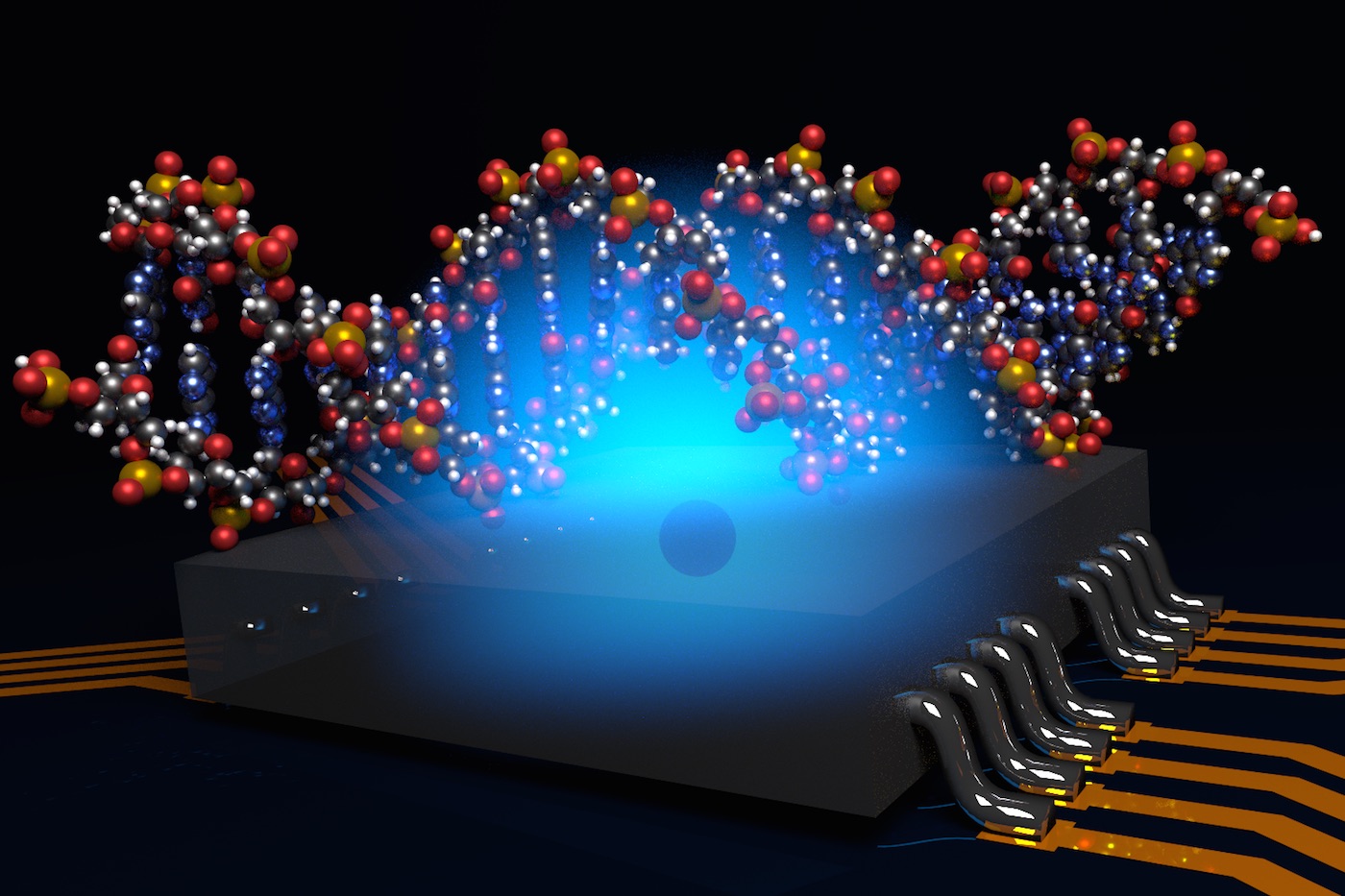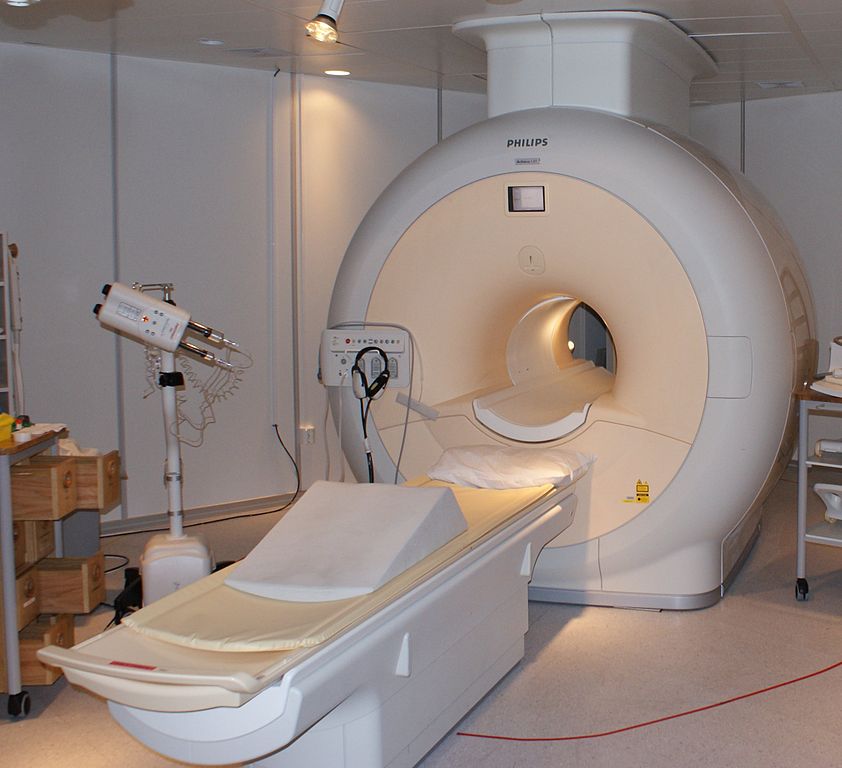
Health & Medicine
Putting cells through their paces

Researchers have developed a way to radically miniaturise a MRI machine, using atomic-scale quantum computer technology.
Published 25 October 2016
Anyone who has ever needed Magnetic Resonance Imaging (MRI) knows there is a lot of technology involved. Moving into the heart of an MRI scanner, along an imposing white tunnel, there are strong magnetic fields and radio waves producing detailed images of inside the body. These images are integral to a doctor’s diagnosis of injury and disease. MRI is particularly helpful for allowing doctors to take a closer look at soft tissue, ligaments, the spinal cord and brain.
When scientists are creating new drugs, they too need to look inside the proteins that the chemicals they’re working on interact with, to see what’s working and what isn’t.
But that process is difficult, as the technology available isn’t able to look clearly enough at the microscopic details of a single protein molecule and so there is much that remains unknown about many drug treatments, even those approved for use by the public.

Health & Medicine
Putting cells through their paces
Now, a group of Australian scientists who usually work on quantum computing have used their understanding of atoms – the tiny building blocks of molecules - to design a radically miniaturised MRI machine that could be used to create more effective drug treatments for a whole range of diseases.
Capable of imaging the structure of a single bio-molecule, such as proteins, this new system could overcome current technological restrictions and provide an important new tool for drug discovery.
Professor Lloyd Hollenberg, the Thomas Baker Chair in Physical Biosciences at the University of Melbourne, led this project and worked closely with researchers at the ARC Centre of Excellence for Quantum Computation and Communication Technology (CQC2T) to design the mini MRI, which they call a quantum molecular microscope.
“Determining the structure of bio-molecules, such as proteins, can often be a barrier to the development of new drugs,” Prof Hollenberg said.

“By using these quantum sensors to image individual atoms within a bio-molecule, we hope to overcome several issues in conventional biomolecule imaging of a single protein to learn how it might interact with a drug molecule.”
The team proposed the use of atomic-sized quantum bits (qubits), which are normally associated with the development of quantum computers, but here would be employed as highly sensitive quantum sensors to image the individual atoms in a bio-molecule.
In quantum computing, a qubit is a unit of quantum information, the equivalent of the classical computer bit 0 or 1. The power of the qubit is that quantum mechanics allows it to exist in two states at the same time, a property which is fundamental to quantum computing and provides the sensitivity for the nano-MRI.
During the quest to create and test new drug treatments, scientists take the target proteins and turn them into crystal form. That crystal is then x-rayed and analysed to determine the protein molecules’ average structure, which is important for figuring out whether the active ingredient of the drug works.
However, the crystallisation and averaging processes may lead to important information being lost.
“Our design turned this quantum bit into a nano-MRI machine, able to image the structure of a single protein molecule. One of the benefits of the nano-MRI is that this imaging can be done in the protein’s full molecular environment,” Professor Hollenberg said.

Sciences & Technology
How a mathematical equation opened a new frontier in nanotechnology
University of Melbourne PhD student Viktor Perunicic is working on the project for his doctoral studies. “In a conventional MRI machine large magnets set up a field gradient in all three directions to create 3D images,” he says. “In our system we use the natural magnetic properties of a single atomic qubit”.
“The nano-MRI system would be fabricated on a chip, and by carefully controlling which state the qubit probe is in as it interacts with the atoms in the target molecule, we can extract information about the positions of its atoms by creating an image of the molecule’s structure.”
Although the work is theoretical, researchers are confident that this cutting-edge technology could be capable of imaging the broad shape of a protein relatively soon. Qubits with longer-lived quantum effects, such as those based in silicon, might be the optimal technology to build a quantum molecular microscope with atomic resolution for drug discovering the future.
The study was published in Nature Communications.
Banner image: Design concept for a minituarised MRI machine using atomic-scale quantum computer technology. Picture: Viktor Perunicic